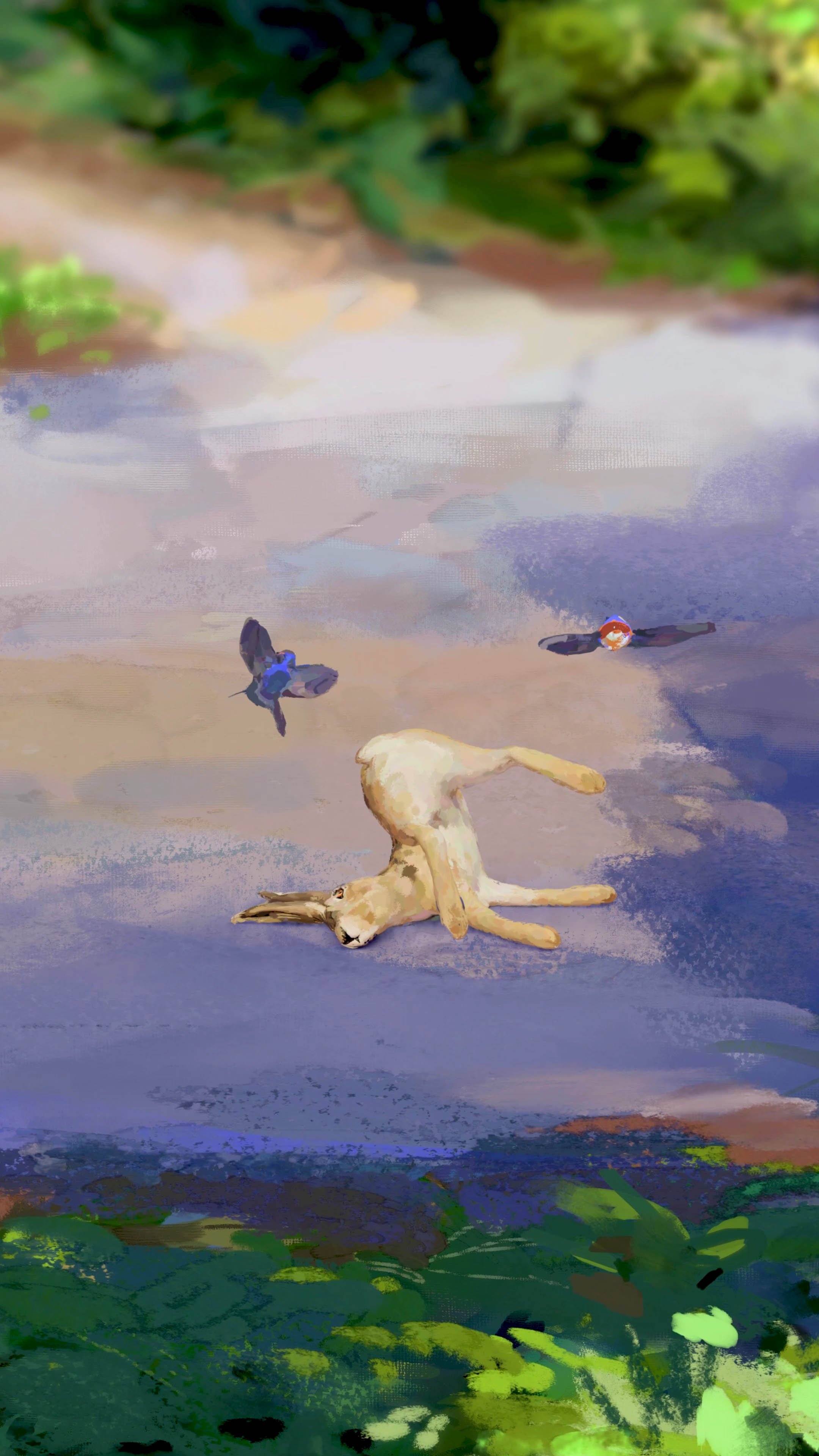Abstract
This thesis investigates Tradigital art - combining the aesthetics of traditional animation with the optimization of digital 3D animation. This cross-disciplinary study investigates how traditional artistry can still be preserved and enhanced in modern digital workflows without causing the emotional disconnect often found in the "Uncanny Valley" of contemporary 3D animation. This research, based on a literature review, case studies, and visual analyses, identifies elements of traditional 2D animation that can still enrich digital 3D animation without compromising the flow and optimization of the pipeline in many studios. Research shows that the utilization of both methods has the potential to boost 3D animations' aesthetic and the emotional connection that it has with its audience. This thesis is made to help those currently in the animation industry as well as those in the academic realm, where artists are trained and guided with the skills needed to communicate their ideas effectively. This research was done in the hope of guiding future artists and their projects, balancing both artistic integrity and technological progress.
Research Problem
While advancements in 3D animation have resulted in remarkable levels of realism, they often cause a form of Aesthetic Dissonance commonly known as the Uncanny Valley, where the tension between abstract and realistic elements create an emotional and visual disruption, breaking the immersive connection with the audience. This research seeks to identify the specific aspects of 3D animation that contribute to this emotional disconnect and explore how integrating 'Tradigital' techniques can help reclaim the aesthetic and emotional appeal of traditional animation within a 3D context.

Purpose Statement
This thesis researches the expressive potential of 2D art form with the technical possibilities of 3D animation to produce an innovative type of "Tradigital" art. With a concentration on bringing the aesthetic emotion and richness of hand-drawn animated sequences into the effectiveness of 3D workflows, this analysis aims to develop a suitable skill set for animators while keeping the dynamic characteristics of traditional animation within a brand-new context.
Through practical demonstrations, this thesis also seeks to motivate a resurgence of traditional artistry in digital media to challenge the current industry preference for technical efficiency over expressiveness. Based on personal experience in traditional and digital media, the project asks how to preserve artistic integrity amid technological advancement. It demonstrates the possible fusion that preserves tradition while adopting new technologies, telling a story of adaptation and evolution without losing its emotional roots.

Knowledge Gap
While existing research investigates traditional and digital art's visual and technical aspects, some things still need to be added. One is a more coherent image of how digital technologies can improve or change conventional artistic expression without lowering their inherent value. My current research is biased on the traditional side now. This gap also extends to educational practices in art, in which digital tools still need to be explored in the classroom while training conventional art skills. Even though learning practices over tools can be beneficial for the art industry, we still need to teach software knowledge, or we risk hindering innovation and becoming stagnant. In addition, the literature review offers little analysis of the emotional and psychological effects of such integration for audiences and creators.
